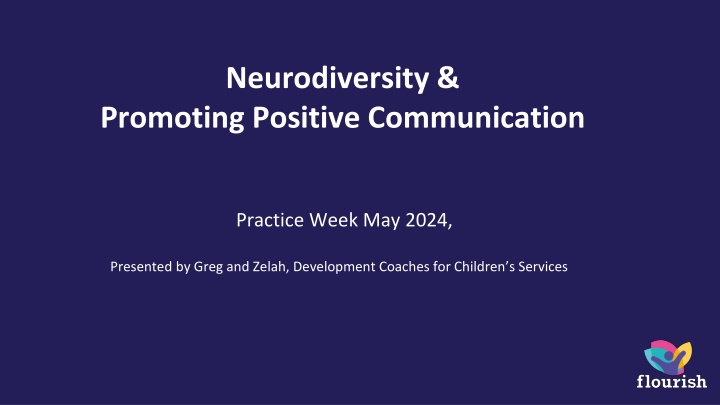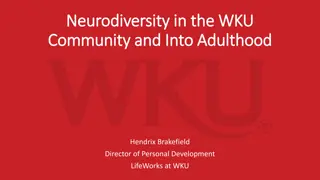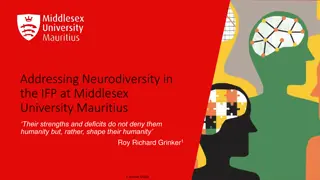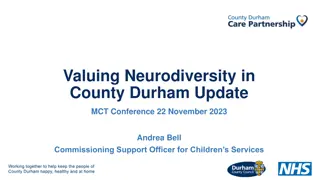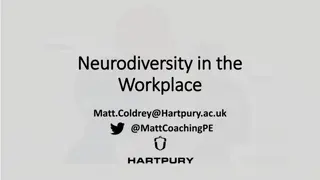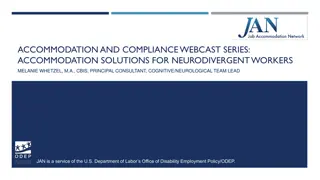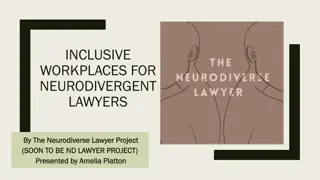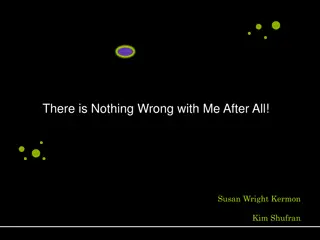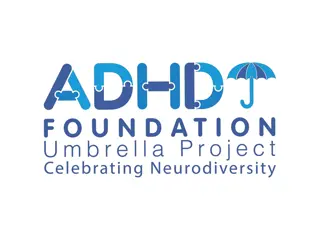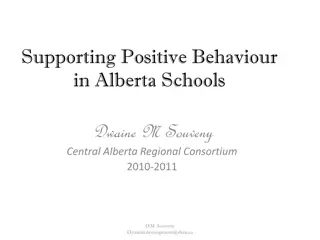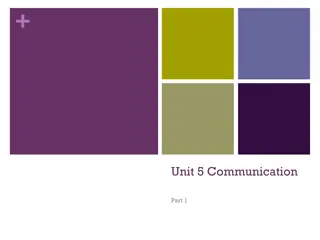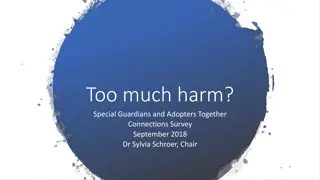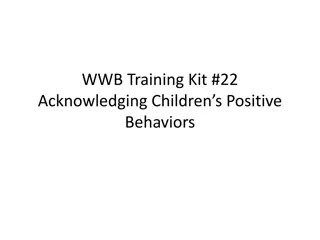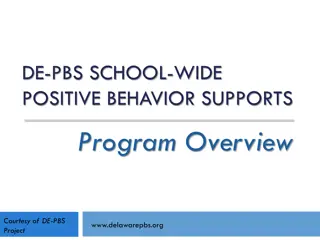Neurodiversity & Positive Communication Practice
This event focuses on promoting positive communication practices within the context of neurodiversity. It includes discussions on various forms of communication, common challenges, and statistics related to neurodivergence in the population.
Download Presentation

Please find below an Image/Link to download the presentation.
The content on the website is provided AS IS for your information and personal use only. It may not be sold, licensed, or shared on other websites without obtaining consent from the author.If you encounter any issues during the download, it is possible that the publisher has removed the file from their server.
You are allowed to download the files provided on this website for personal or commercial use, subject to the condition that they are used lawfully. All files are the property of their respective owners.
The content on the website is provided AS IS for your information and personal use only. It may not be sold, licensed, or shared on other websites without obtaining consent from the author.
E N D
Presentation Transcript
Neurodiversity & Promoting Positive Communication Practice Week May 2024, Presented by Greg and Zelah, Development Coaches for Children s Services
Checking in Please contact us via developmentcoach@norfolk.gov.uk for any additional questions Check in with your own biases and where you might make positive or negative assumptions in relation to the social GGRRAAACCEEESSS (Gender, Geography, Race, Religion, Age, Ability, Appearance, Culture, Class, Education, Employment, Ethnicity, Spirituality, Sexuality & Sexual Orientation).
Aims for this Session Exploring communication What does it look like? Exploding the myths Some suggestions Further reading
Defining Communication The imparting or exchanging of information by speaking, writing, or using some other medium What different types of communication can you think of?
Most common ways to communicate The ten most used forms of communication at work are as follows: 1. Face-to-face verbal communication 2. Emails 3. Telephones 4. Written reports 5. Group meetings 6. Announcements 7. Texting 8. Listening 9. Formal communication 10. Presentations
What does good communication look like for you? How does it feel? What makes good communication difficult? How does it make you feel?
Neurodivergence in the population At least 700,000 autistic adults in the UK of which only 15% are in employment. (Source:National Autistic Society) Individuals with dyslexia in the UK is around 10% with 4% of population at the severe end of the dyslexia continuum. (British Dyslexia Association) (Source: Local Government Association) info@local.gov.uk Estimate of 2.6 million people with ADHD in the UK, 1.9 million of them adults. (Source: https://adhduk.co.uk/about-adhd) Also, consider those who are undiagnosed or waiting for a diagnosis
Myths about communication Communication is a natural ability The more we communicate the better Once mastered, communication can be used everywhere Great vocabulary is a must for great communication Talking clearly and confidently is the secret of communication
Be mindful of Body language Tone of voice Facial expression Environment Not having the full story Assumptions Prejudgements
Try these Ask the other person what works best for them Ask for feedback to find out how you are being received Offer check ins, offer empathy rather than sympathy Be mindful and consider your responses Ask yourself- is this the right place and time? Is this a supportive helpful intervention? Consider the possible outcomes
